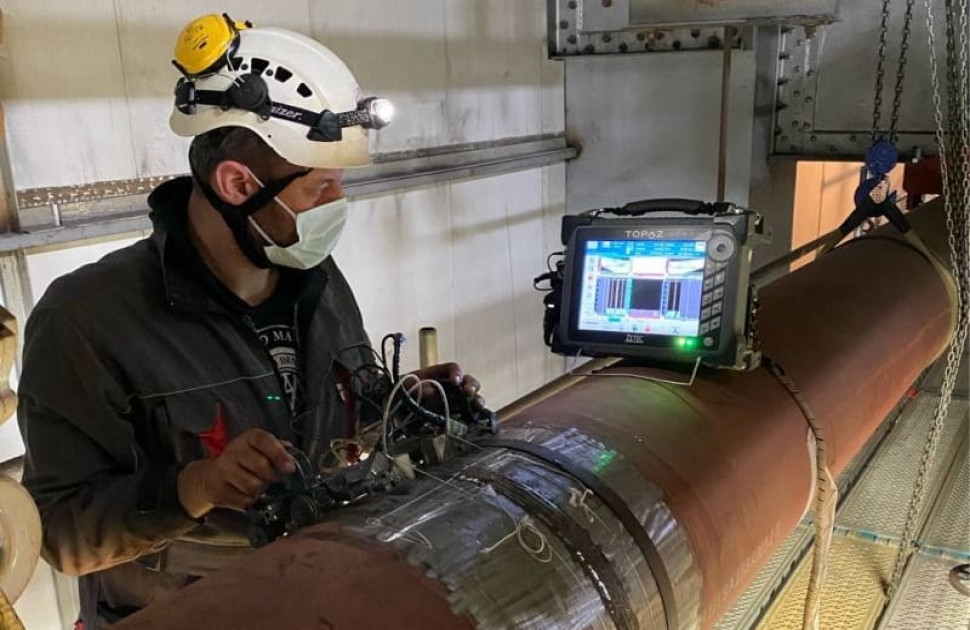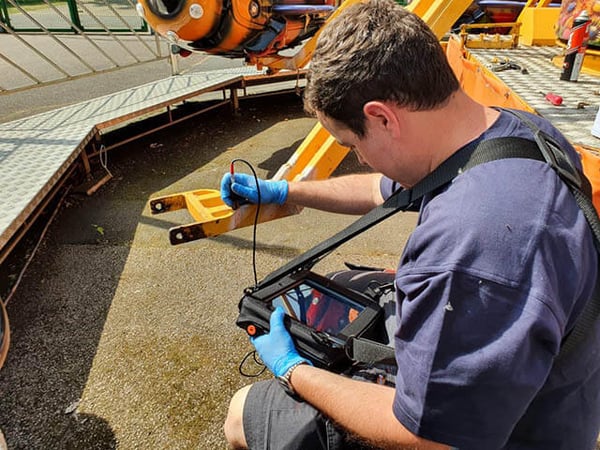In the world of industrial quality assurance, understanding what frequency is best for thin materials is pivotal. This knowledge ensures accurate inspections and optimal results. Frequency selection is crucial, especially when dealing with delicate and thin materials. The thinness demands a different approach compared to thicker counterparts, making it essential for industry professionals to grasp the nuances of this subject.
When it comes to non-destructive testing (NDT), the frequency used can significantly impact the results. Thin materials require specific frequencies to ensure that inspections are both accurate and efficient. This is because the frequency of the waves used in NDT can affect the penetration and resolution of the inspection.

Understanding Frequency in Inspection
Frequency refers to the number of oscillations or cycles that a wave completes in a second. Measured in hertz (Hz), frequency plays a critical role in the inspection of materials. According to Strobox’s insights on frequency, it is the backbone of many inspection tools, determining the depth and detail of inspection results.
The Role of Frequency in NDT
In non-destructive testing, frequency selection is a balancing act. A higher frequency generally offers better resolution but less penetration. Conversely, a lower frequency may penetrate deeper but with less detail. Thin materials, due to their nature, often benefit from higher frequencies. The increased resolution allows for a more detailed inspection, capturing any potential defects that might be missed with lower frequencies.
Why Thin Materials Require Higher Frequencies
Thin materials are sensitive and can be easily damaged. High-frequency waves provide the precision needed to inspect these materials without causing harm. This precision is why industry professionals often opt for frequencies in the megahertz range when working with thin materials. As highlighted in frequency analysis studies, the right frequency ensures that inspections are thorough and non-invasive.
Factors Influencing Frequency Choice
Several factors influence the choice of frequency in inspections. These include the material’s thickness, the type of inspection being conducted, and the equipment available. Additionally, the desired outcome of the inspection plays a role in frequency selection. For instance, if the goal is to detect surface flaws, a higher frequency may be preferred. On the other hand, if the focus is on internal defects, a lower frequency might be more appropriate.
Material Composition
The composition of the material also affects frequency choice. Different materials have varying acoustic properties, which can influence how waves travel through them. Understanding these properties is crucial for selecting the right frequency. For example, metals might require different frequencies compared to composites or polymers.
Inspection Equipment
The type of equipment used in inspections can also dictate frequency selection. Some devices are designed to operate at specific frequencies, limiting the range of options available. According to quantum synchronization technologies, advancements in inspection tools are expanding the range of frequencies that can be effectively utilized, offering more flexibility for industry professionals.
Technological Advancements in Frequency Use
Technology is continually evolving, and so are the methods used in NDT. Innovations in synchronization technologies are paving the way for more precise and efficient inspections. These advancements are allowing for more accurate frequency selection, tailored to the specific needs of the material being inspected. With tools capable of operating across a broad spectrum of frequencies, professionals can choose the precise frequency that offers the best results.
Future Trends in Frequency Application
Looking forward, the trend is towards more sophisticated frequency application in NDT. As technology continues to advance, the ability to finely tune inspection frequencies will become more accessible. This will lead to even better inspection outcomes, ensuring that even the thinnest materials are inspected with precision and care.

FAQs
1. What is the importance of selecting the right frequency?
Selecting the correct frequency is crucial for ensuring that the inspection is accurate and efficient. The right frequency can reveal defects that might otherwise go unnoticed, especially in thin materials.
2. How do technological advancements impact frequency use?
Technological advancements are allowing for more precise frequency selection. With new tools and techniques, it is possible to customize the frequency used to suit the specific needs of the material, leading to better inspection results.
3. Are there any industry standards for frequency selection?
Yes, there are industry standards that guide frequency selection. These standards are designed to ensure that inspections are performed consistently and accurately, providing reliable results.
For more detailed insights on how frequently equipment inspections should be performed, you can refer to this comprehensive guide on equipment inspections.
Understanding what frequency is best for thin materials is essential for industry professionals. With the right knowledge and tools, inspections can be conducted with precision, ensuring the integrity and quality of materials in various industrial applications.
This article contains affiliate links. We may earn a commission at no extra cost to you.
